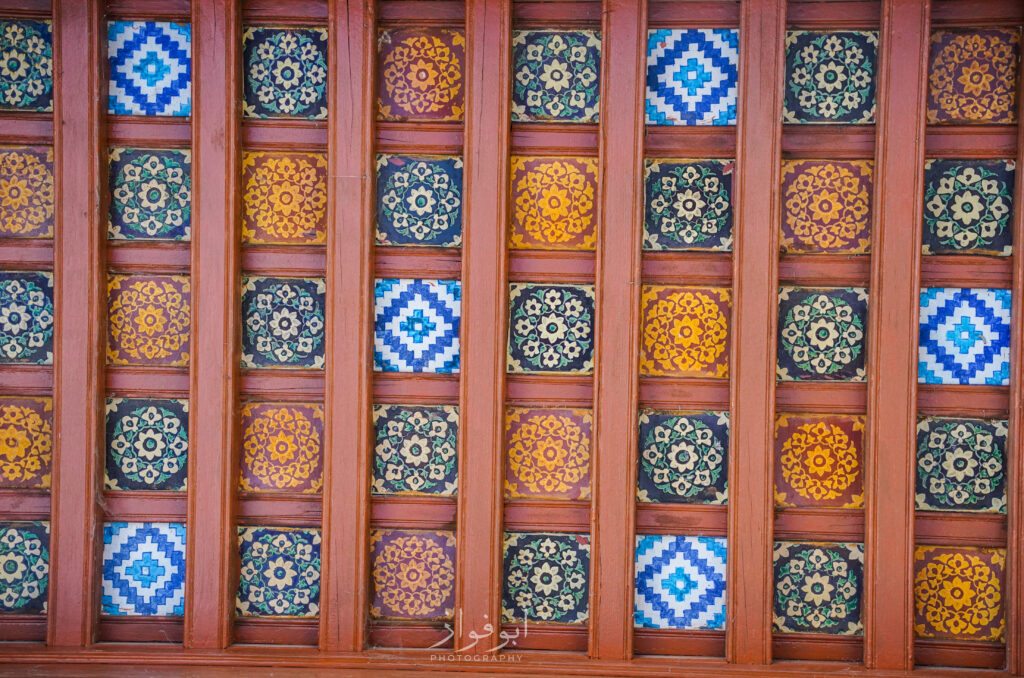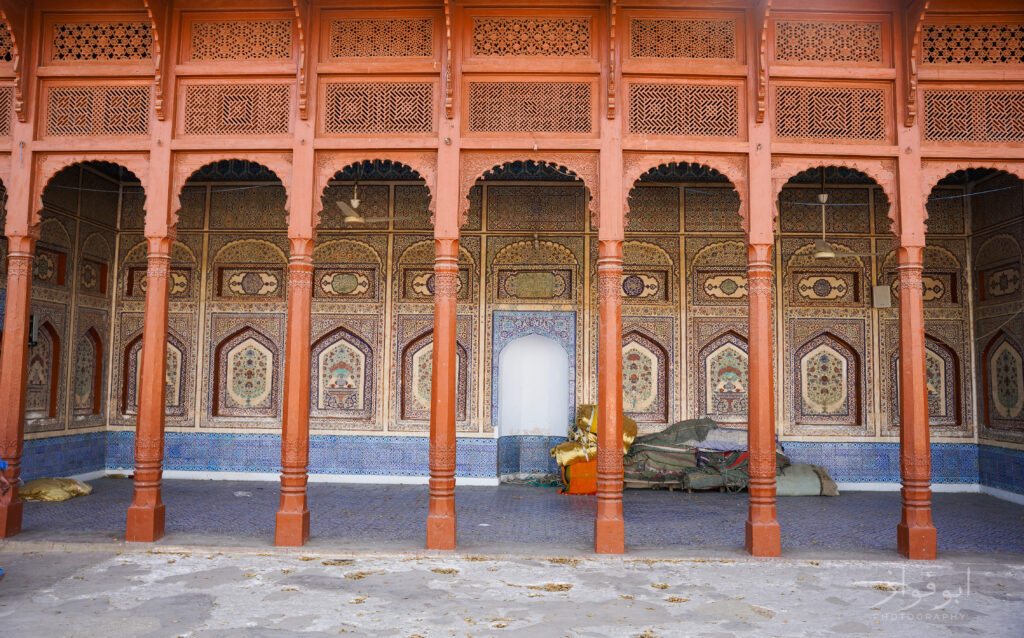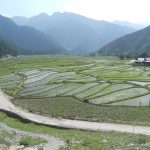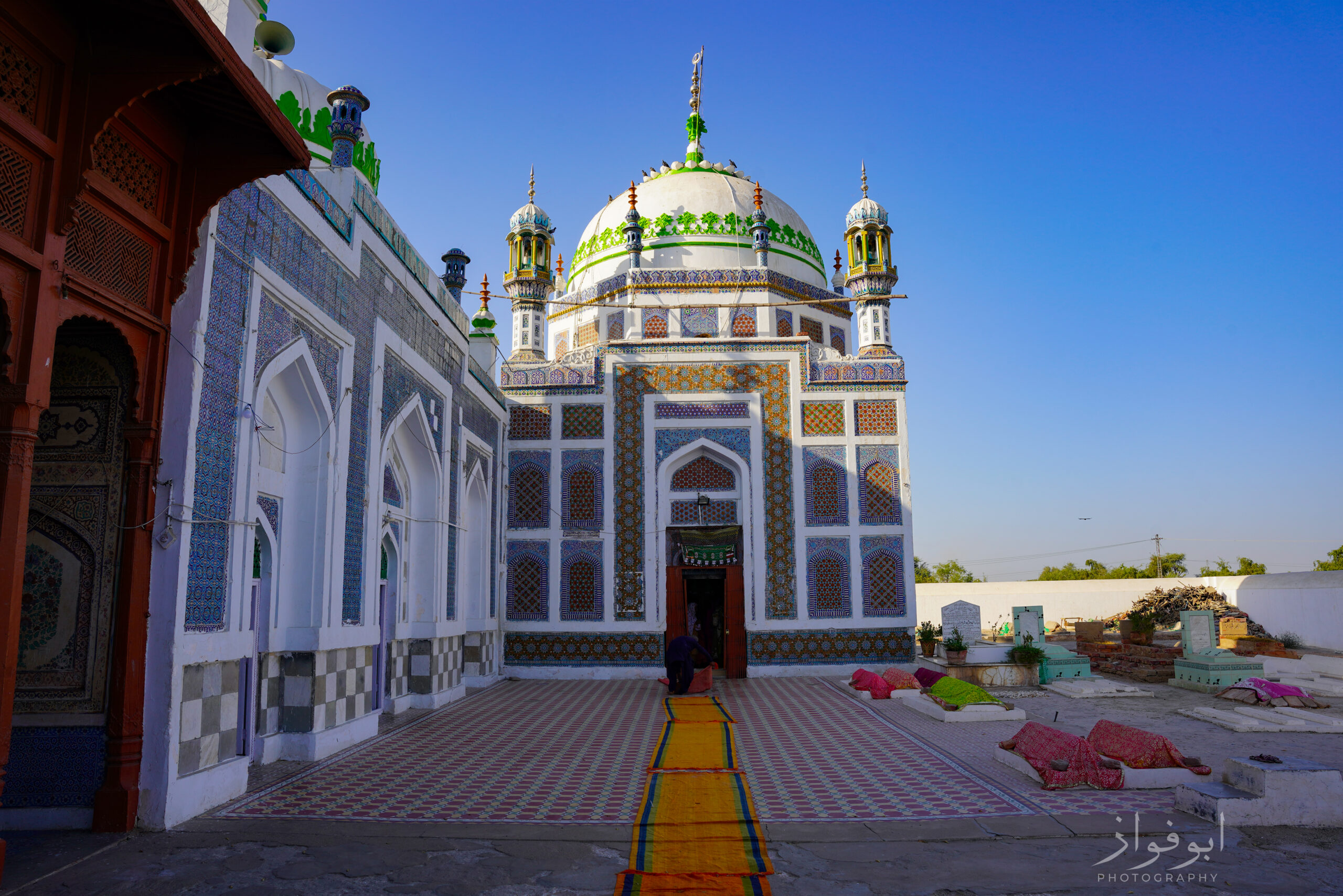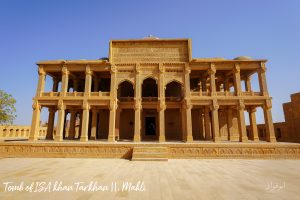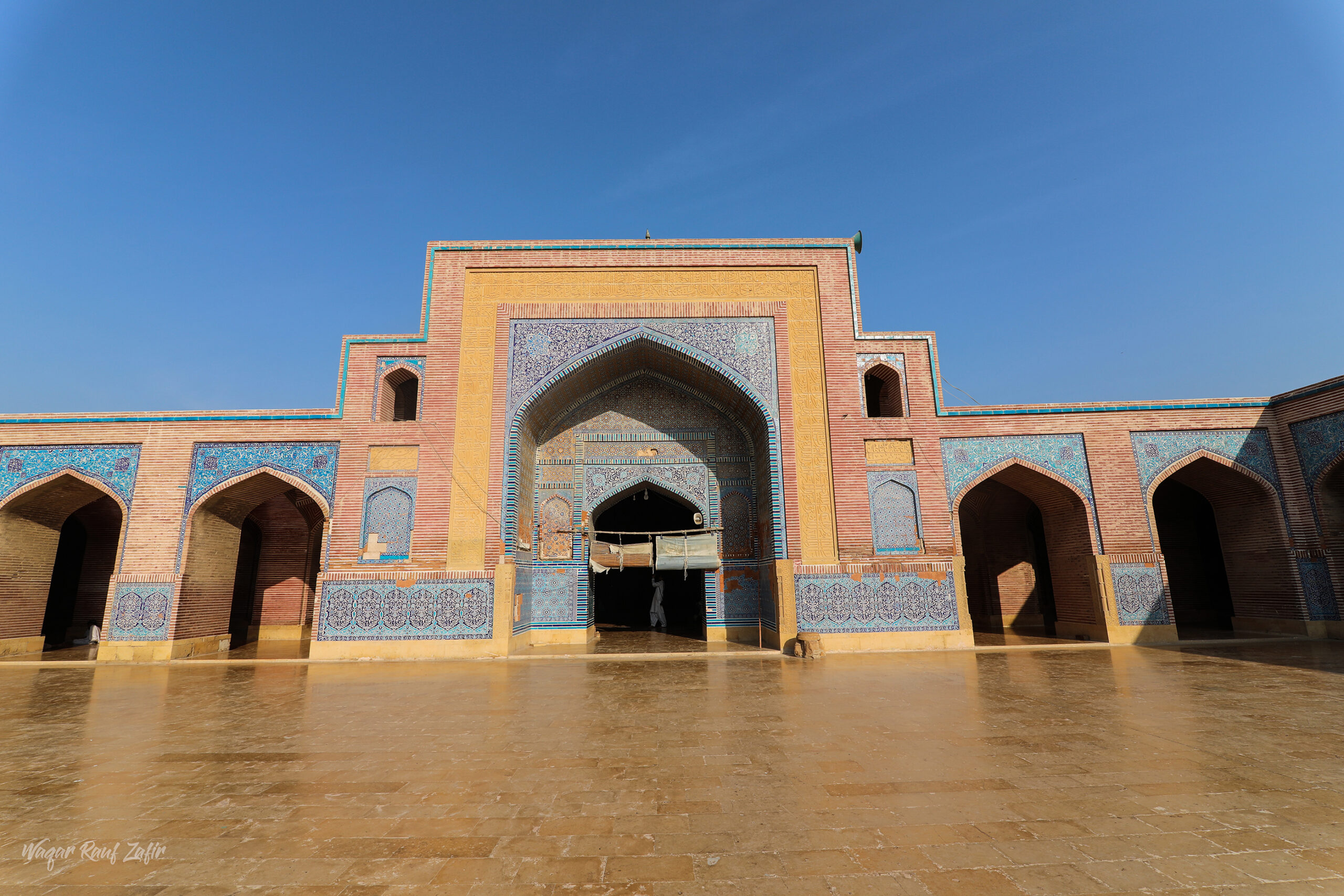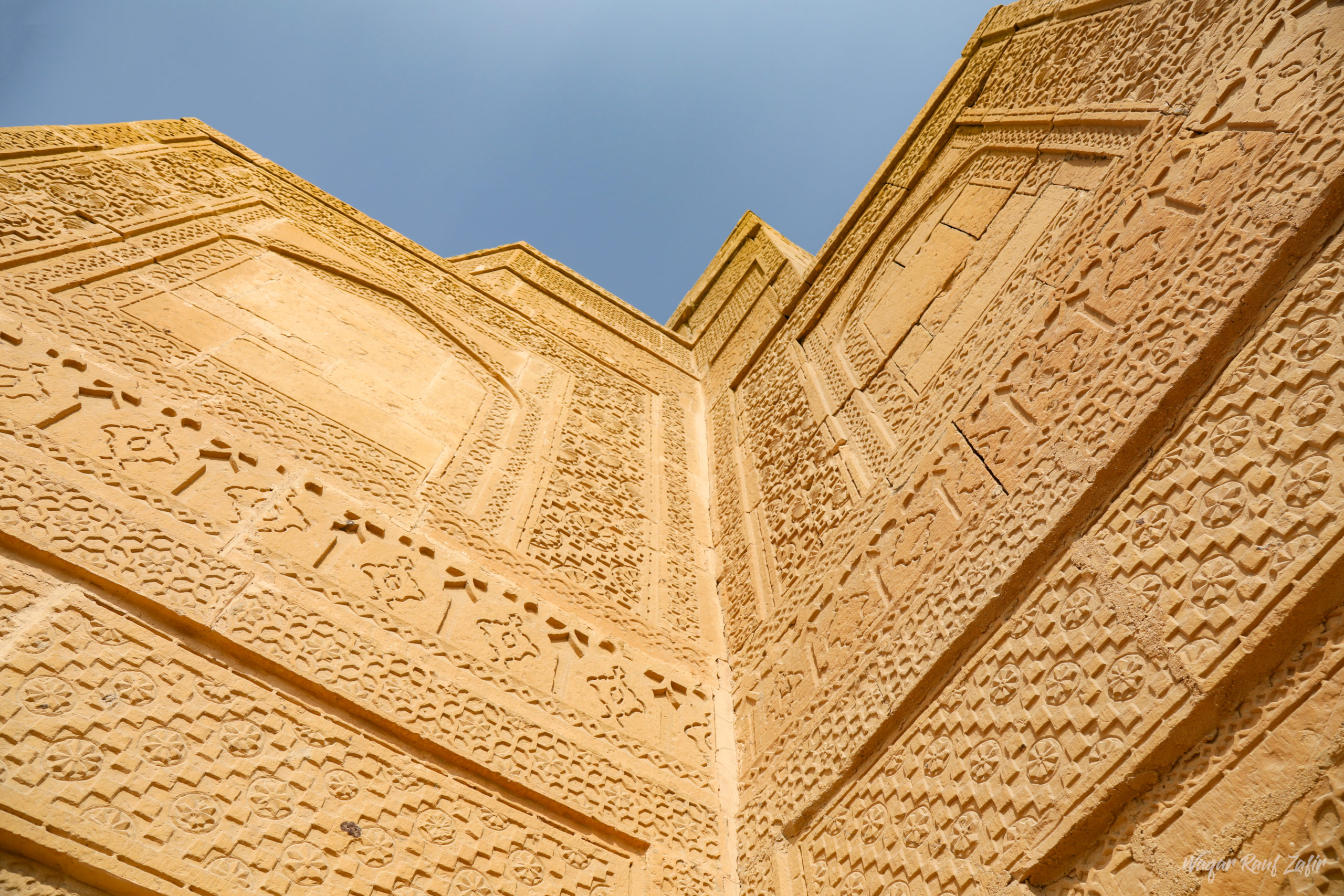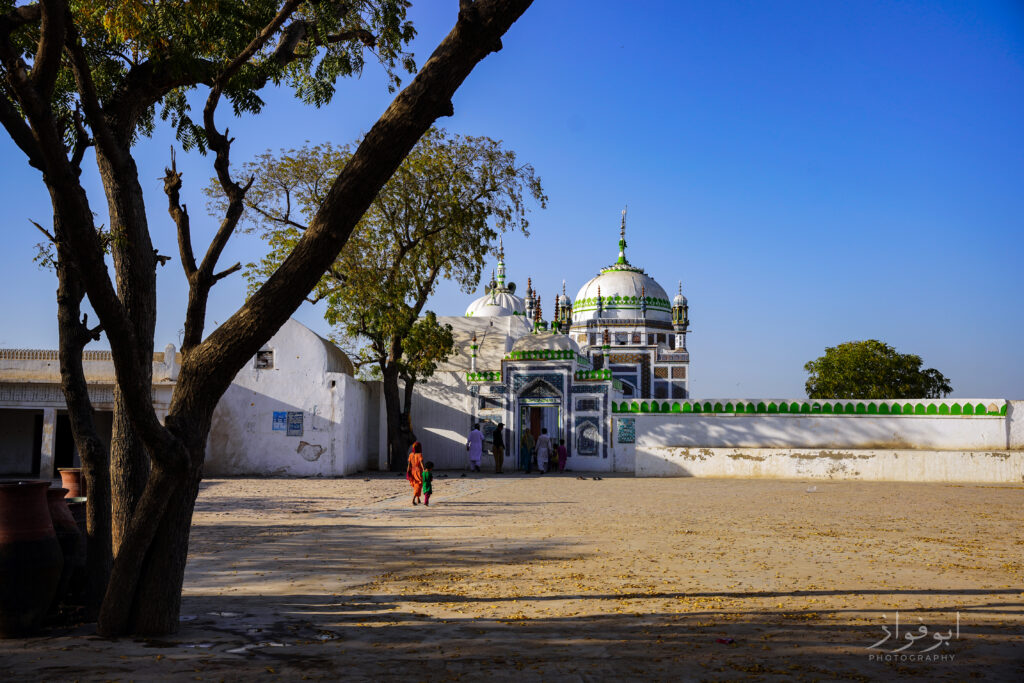
Life is the name of continuity, where many characters come and disappear, but life never stops. In this very life many of us explore different places. According to legendary English travel writer Salman Rashid “you don’t do places, you experience places. Whenever you go to experience any place, be kind and sympathetic to it”.Many such inspirational thoughts keep swirling in my mind so I decided to experience the land of Sindh once again, also known as the land of Sufism.
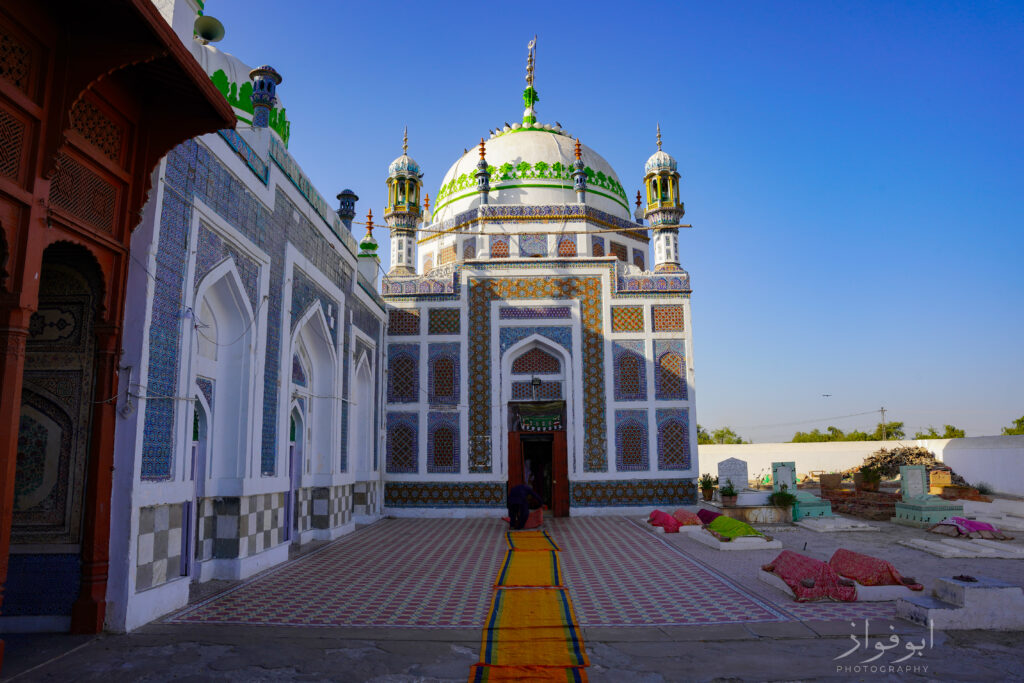
I travelled to Hyderabad in march 2022 by train. I got my seats reserved in Shalimar express, in the so-called business class. The service was pathetic. Even the basic need such as water had to be bought from the station. Casting this initial bad experience, I focused on my primary target which was to cover the whole Hyderabad division.
When we study Sufism, we find many shrines and mausoleums in Sindh. One such shrine is located in district Tando Muhammad Khan and that’s the shrine of Hazrat Shaikh Bhirkio R.A. Before I left, I read extensively about different shrines of Sindh and Sufism in Sindh. One of my best sources of information were the articles written by Mr. Zulfiqar Ali Kalhoro who is an anthropologist and is a class act in this field. I was there not only to photograph and make documentaries, but also to delve into the spiritual environment of these mystical places.
Shaikh Bhirkio was a sufi saint from the one of the four renowned Sufi orders, the Soharwardi sufi order. It is said that the land of Sindh was introduced with Soharwardi order by Makhdoom Noori Bhirki.
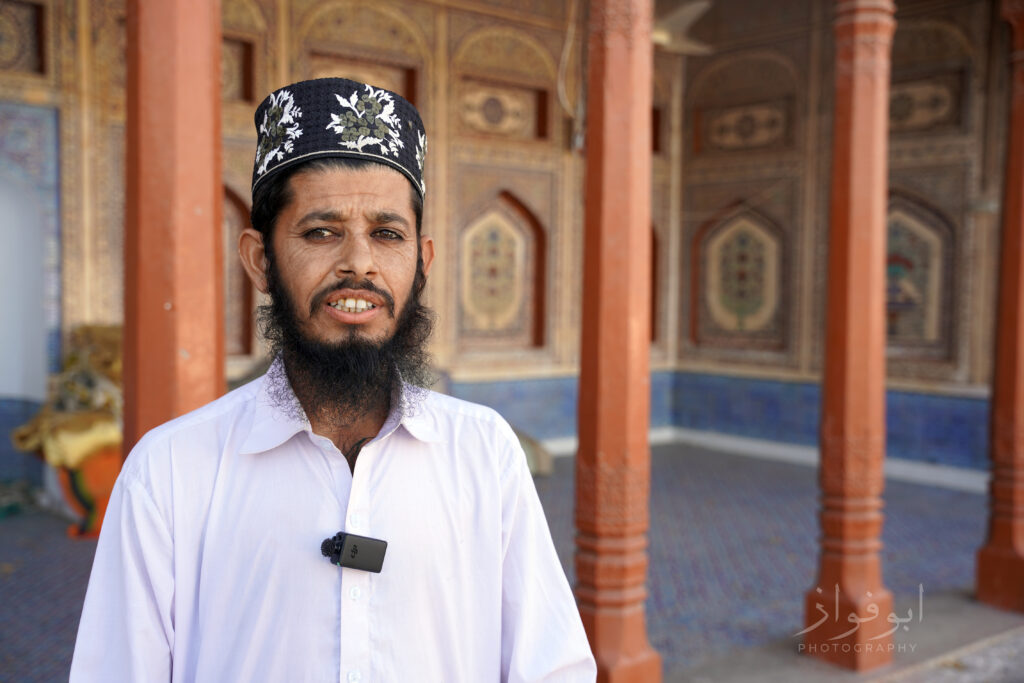
Mr Abu Bakar shaikh, who is a learned travel writer from Badin has written about this shrine. According to him, there are many narrations in Sindh about Shaikh Bhirkio. For example, it is said that he was not interested in any materialistic life, neither did he use to sit near fire in winters nor under shadow in scorching hot weather. It is also said that before partition, Hindus also used to visit this shrine.
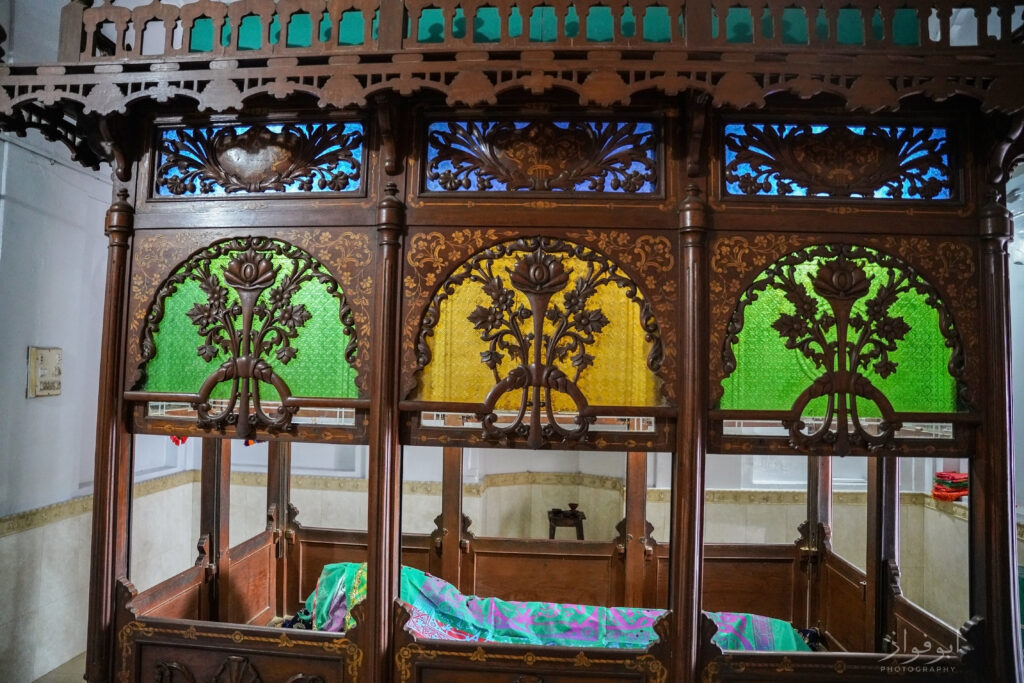
When you enter the premises of this shrine, two neem trees welcome you with some bells hanging on them. One may think as to the need of these hanging bells. It turns out that it’s a common ritual at shrines that bells are used as a means of announcing, that visitors have arrived for Fatiha etc. Furthermore, these bells also create some spiritual connection between visitors and the Sufi saint.

When you enter the main room of the shrine, a beautiful wooden chamber is installed on the grave. It is further adorned by colored glass. One of the most astonishing things I noticed on this shrine as well as other such shrines was the presence of many wooden made baby’s swings. I asked from the care taker of the shrine about these swings upon which he replied that “the infertile couples come here for the MANNAT – to pray for a child. Symbolically they come with these swings and place them here and pray for the gift of children”. I asked him again that if this is the reason then this room should be filled with these swings, and so where are the rest of them? He replied, “we have a dedicated room for this purpose we put all of the swings there and sometimes we burn them when they exceed a certain number”. I was surprised with such unique information.
On the west side of the shrine, a beautiful mosque is located. Internal part of the mosque is simple but the outer side has some really beautiful kashi work on it. The mosque consists of three domes, the middle dome being the biggest.
There is another mosque adjacent to the first mosque. The care taker told me that it’s actually The EID GAH. It’s a single hall hoisted up with beautiful pillars. The walls are decorated with colorful paintings, and the roof looks amazing with its glazed tiles and wooden work. I found this mosque to be one of the most beautiful pieces of architecture in Sindh.
Such mystical places refresh your mind, body and soul and the important historical aspect lefts you speechless.
